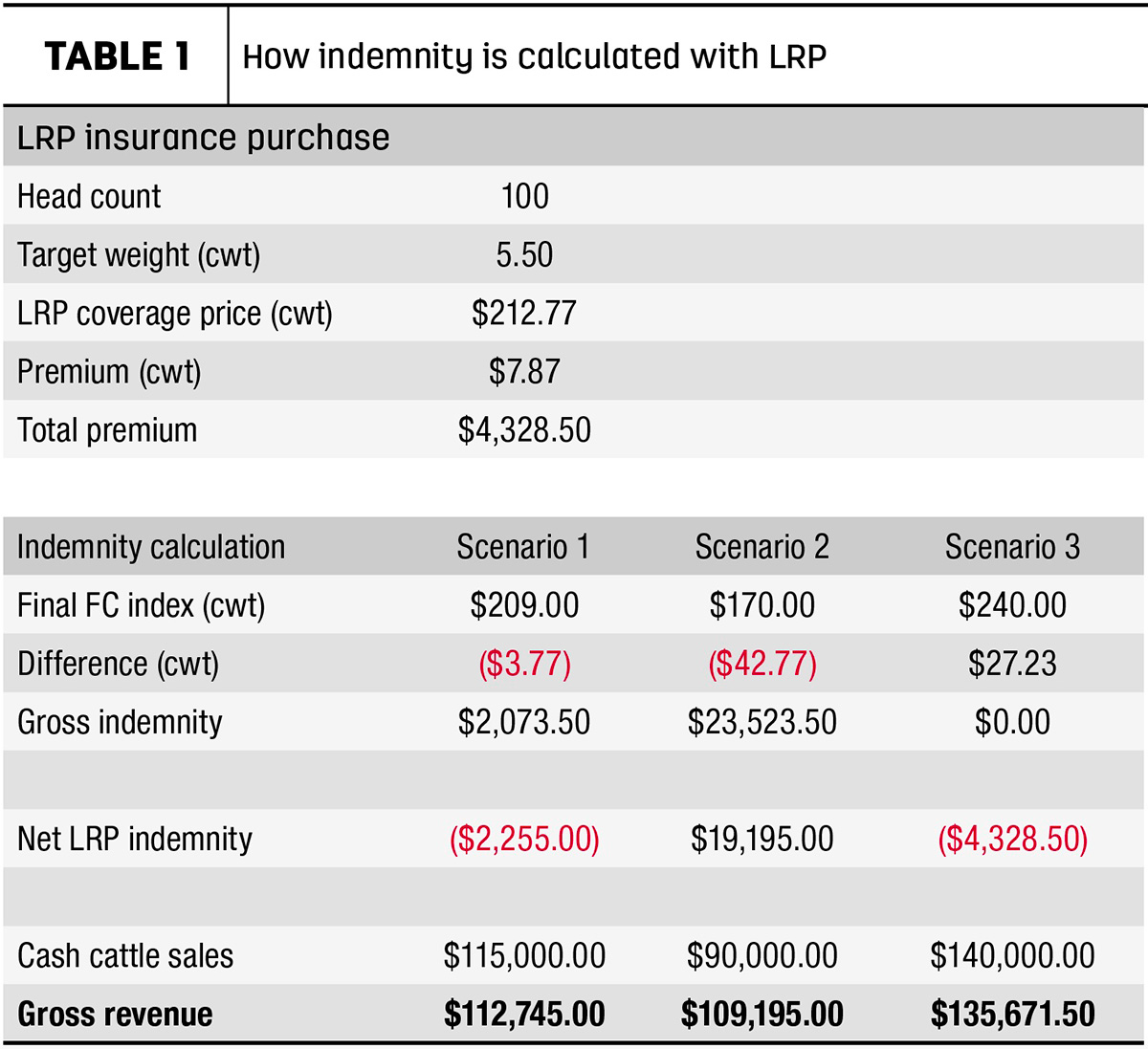Safeguarding Success: Bagley Risk Management Services
Safeguarding Success: Bagley Risk Management Services
Blog Article
Key Elements to Think About When Deciding On Animals Threat Defense (LRP) Insurance
When assessing alternatives for Livestock Threat Security (LRP) insurance policy, a number of essential variables require mindful consideration to make certain effective danger management in the agricultural field. Choosing the ideal coverage choices customized to your specific livestock procedure is paramount, as is comprehending just how premium expenses associate with the degree of protection used.
Insurance Coverage Options
When considering Animals Threat Defense (LRP) insurance policy, it is crucial to recognize the different coverage choices offered to reduce risks in the agricultural field. Animals Danger Protection (LRP) insurance coverage provides different coverage options customized to fulfill the varied requirements of livestock producers.
Another vital insurance coverage alternative is the endorsement period, which determines the size of time the protection holds. Producers can select the endorsement period that best suits their manufacturing cycle and market conditions. Additionally, insurance coverage levels and prices vary based on the kind of livestock being guaranteed, providing producers the adaptability to personalize their insurance intends according to their particular needs.
Comprehending the different protection options readily available under Livestock Threat Protection (LRP) insurance policy is important for producers to make educated choices that efficiently protect their livestock procedures from market uncertainties.
Costs Costs

Animals Danger Protection (LRP) insurance gives crucial insurance coverage choices tailored to mitigate threats in the farming industry, with a significant aspect to take into consideration being the computation and structure of premium prices. These consist of the type and number of animals being guaranteed, the coverage degree selected, the current market rates, historical cost data, and the size of the protection duration.
Premium prices for LRP insurance coverage are generally computed based on actuarial data and run the risk of assessment versions. Insurance companies evaluate historic data on animals costs and manufacturing expenses to determine a proper premium that shows the level of danger involved. It is necessary for animals producers to very carefully examine premium costs and insurance coverage options to guarantee they are effectively protected versus potential monetary losses due to negative market problems or unexpected occasions. By understanding exactly how exceptional costs are determined and structured, manufacturers can make informed decisions when picking the right LRP insurance plan for their operation.
Eligible Animals
The decision of eligible livestock for Animals Threat Security (LRP) insurance coverage includes cautious consideration of specific standards and features. Livestock types that are typically qualified for LRP insurance policy consist of feeder cattle, fed livestock, lambs, and swine.
Feeder livestock, for instance, are generally qualified for LRP coverage if they drop within specified weight arrays. Fed livestock may additionally be eligible, yet they must satisfy certain weight and top quality grade demands. Swine eligible for coverage generally include market weight pets meant for massacre. Lambs are one more category of animals that can be considered for LRP insurance coverage, with elements such as weight and age playing an essential duty in identifying their qualification.
Prior to picking LRP insurance for animals, manufacturers should thoroughly assess the eligibility criteria detailed by the insurance policy service provider to ensure their pets fulfill the necessary requirements for protection.
Plan Adaptability
Plan flexibility in Animals Risk Defense (LRP) insurance coverage allows manufacturers to tailor protection to suit their certain needs and take the chance of administration approaches. This versatility encourages livestock manufacturers to personalize their insurance policy policies based on aspects such as the type of animals they own, market conditions, and specific risk resistance degrees. By offering personalized alternatives, LRP insurance coverage enables producers to effectively manage their danger exposure while guarding their livestock procedures versus unanticipated market volatility.
Claims Process
Upon experiencing a loss or damages, manufacturers can initiate the insurance claims procedure for their Animals Risk Security (LRP) insurance policy by promptly contacting their insurance coverage provider. It is important for manufacturers to report the loss immediately to speed up the insurance claims procedure. When getting to out to the insurance service provider, producers will require to give thorough information about the event, including the date, nature of the loss, and any type of pertinent documents such as vet documents or market value.

After the analysis is complete, the insurance policy service provider will certainly make a decision pertaining to the claim and connect the outcome to the manufacturer. The producer will obtain settlement according to the terms of their Livestock Danger Security (LRP) insurance coverage policy if the insurance claim is accepted. It is essential for producers to be knowledgeable about the cases procedure to guarantee a smooth experience in the occasion of a loss

Final Thought
In final thought, when choosing Livestock Risk Protection (LRP) insurance, it is necessary to consider coverage alternatives, premium costs, qualified animals, plan versatility, and the insurance claims process. These key factors will certainly assist make sure that farmers and breeders are properly safeguarded against possible dangers and losses connected with their livestock view procedures. Making an informed decision based upon these considerations can inevitably result in far better monetary protection and comfort for animals producers.
Animals Risk Security (LRP) insurance uses various protection alternatives customized to fulfill the diverse needs of livestock manufacturers.The determination of eligible livestock for Livestock Danger Security (LRP) insurance policy coverage involves cautious consideration of details criteria and characteristics.Plan flexibility in Animals Risk Security (LRP) insurance enables producers to tailor coverage to fit their specific requirements and risk administration approaches.Upon experiencing a loss or damage, manufacturers can initiate the insurance claims procedure for their Livestock Danger Defense (LRP) insurance by without delay contacting their insurance coverage provider.In final thought, when picking Livestock Danger Defense (LRP) insurance, it is vital to take into consideration coverage choices, premium like it prices, qualified livestock, Recommended Site policy versatility, and the cases procedure.
Report this page